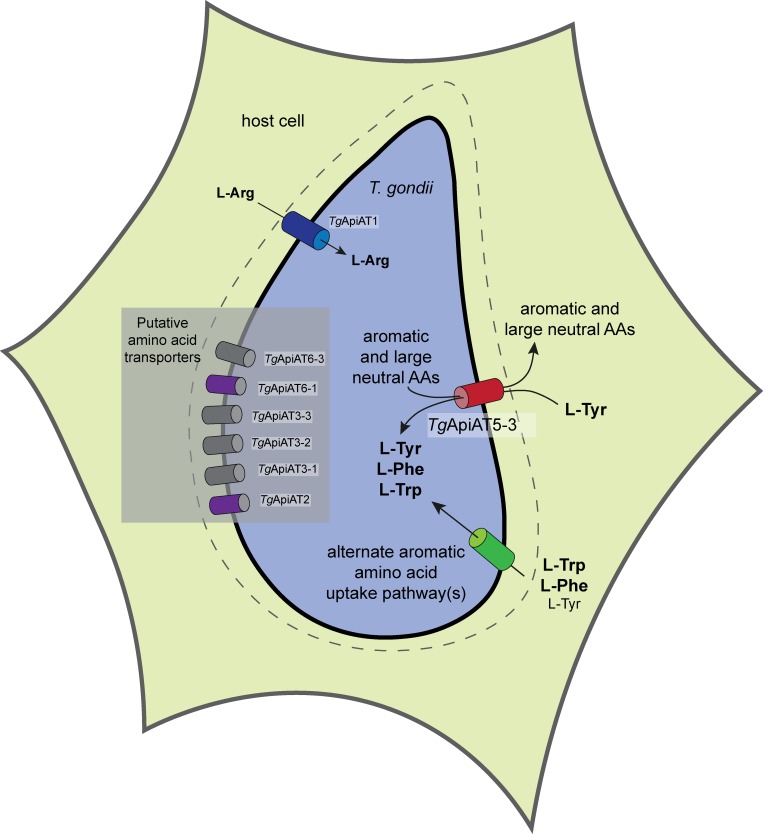Fig 9. Model for the roles of ApiAT proteins in T. gondii tachyzoites.
Depiction of a T. gondii parasite (blue) inside a host cell. Aromatic amino acids, including L-Tyr, L-Phe and L-Trp, and large neutral amino acids are thought to be translocated across the parasitophorous vacuole membrane surrounding the parasite (dashed line) through non-selective channels [64]. TgApiAT5-3 (red cylinder) functions as the major L-Tyr uptake pathway in T. gondii. Additionally, TgApiAT5-3 functions as an exchanger, exporting aromatic and large neutral amino acids from the parasite, and thereby contributing to the homeostasis of these amino acids. The uptake of L-Phe and L-Trp is primarily mediated by alternate, and as yet undefined, uptake pathways (green cylinder). These alternate pathways can mediate sufficient L-Tyr uptake for parasite growth in the absence of TgApiAT5-3 at high L-Tyr concentrations (when L-Phe and L-Trp concentrations are not correspondingly high). We have previously demonstrated that TgApiAT1 (blue cylinder) facilitates the uptake of L-Arg into parasites [9], and propose that other ApiAT-family proteins expressed in tachyzoites (gray and purple cylinders) facilitate the transport of other amino acids. Of these, TgApiAT2 and TgApiAT6-1 (purple cylinders) are important for parasite growth.

